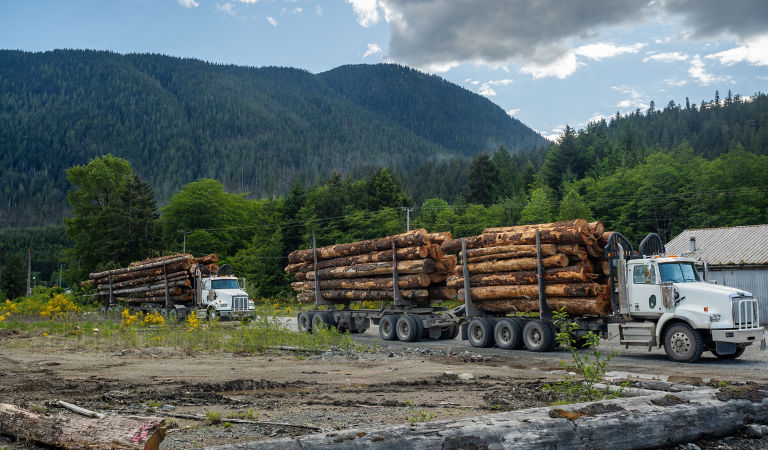1 Jones, Hannah. "US Housing Supply Continues to Lag Household Formations; Multifamily Construction Offers Alternatives,” Realtor.com, 8 March 2023.
2 “In the struggle to make forests sustainable, how effective are verification systems?” Agence Française de Développement, 26 July 2021.
This is provided is for illustrative purposes only and should not be viewed as a current or past recommendation and is not intended to constitute investment advice or an offer or solicitation to buy or sell securities. All investing involves risk. Past performance is not a reliable indicator of future results and investments can lose value. Investment markets are subject to economic, regulatory, market sentiment, and political risks. All investors should consider the risks that may impact their capital, before investing. The value of your investment may become worth more or less than at the time of the original investment. If the strategies do not perform as expected, if opportunities to implement them do not arise, or if the team does not implement its investment strategies successfully; then a strategy may underperform or experience losses.

